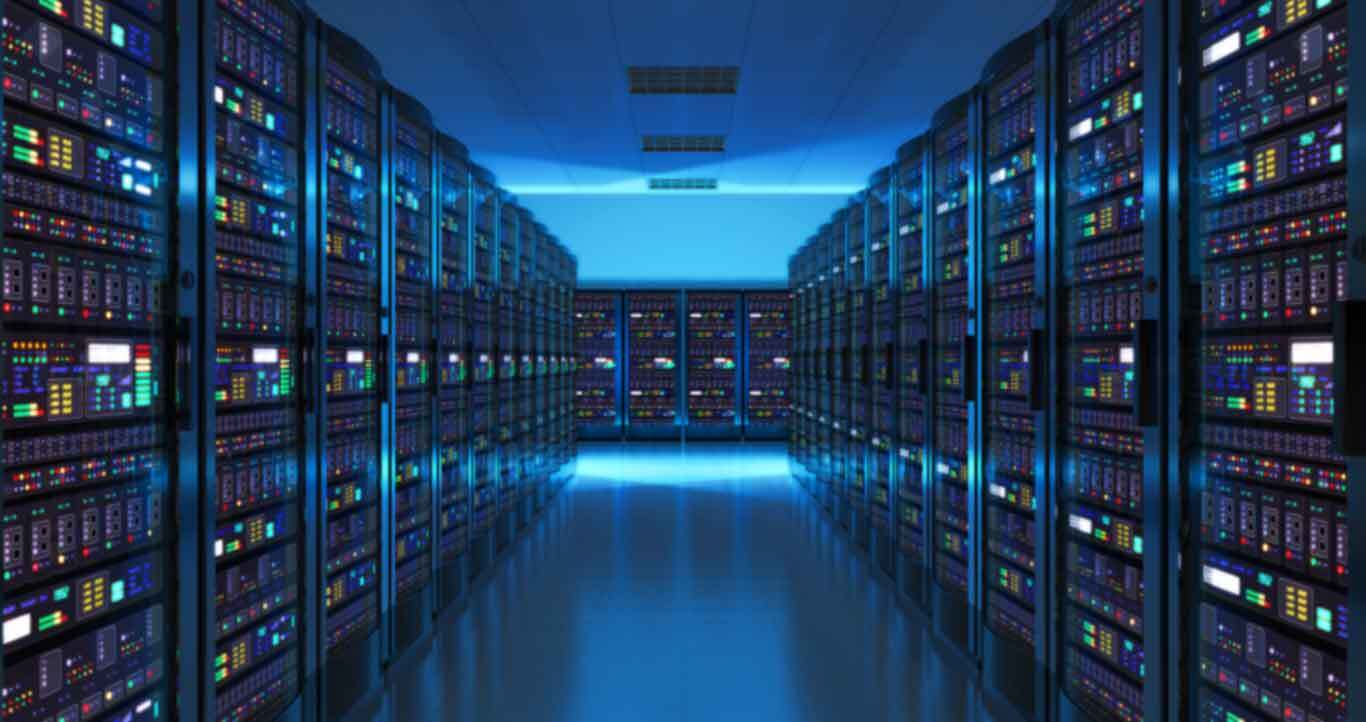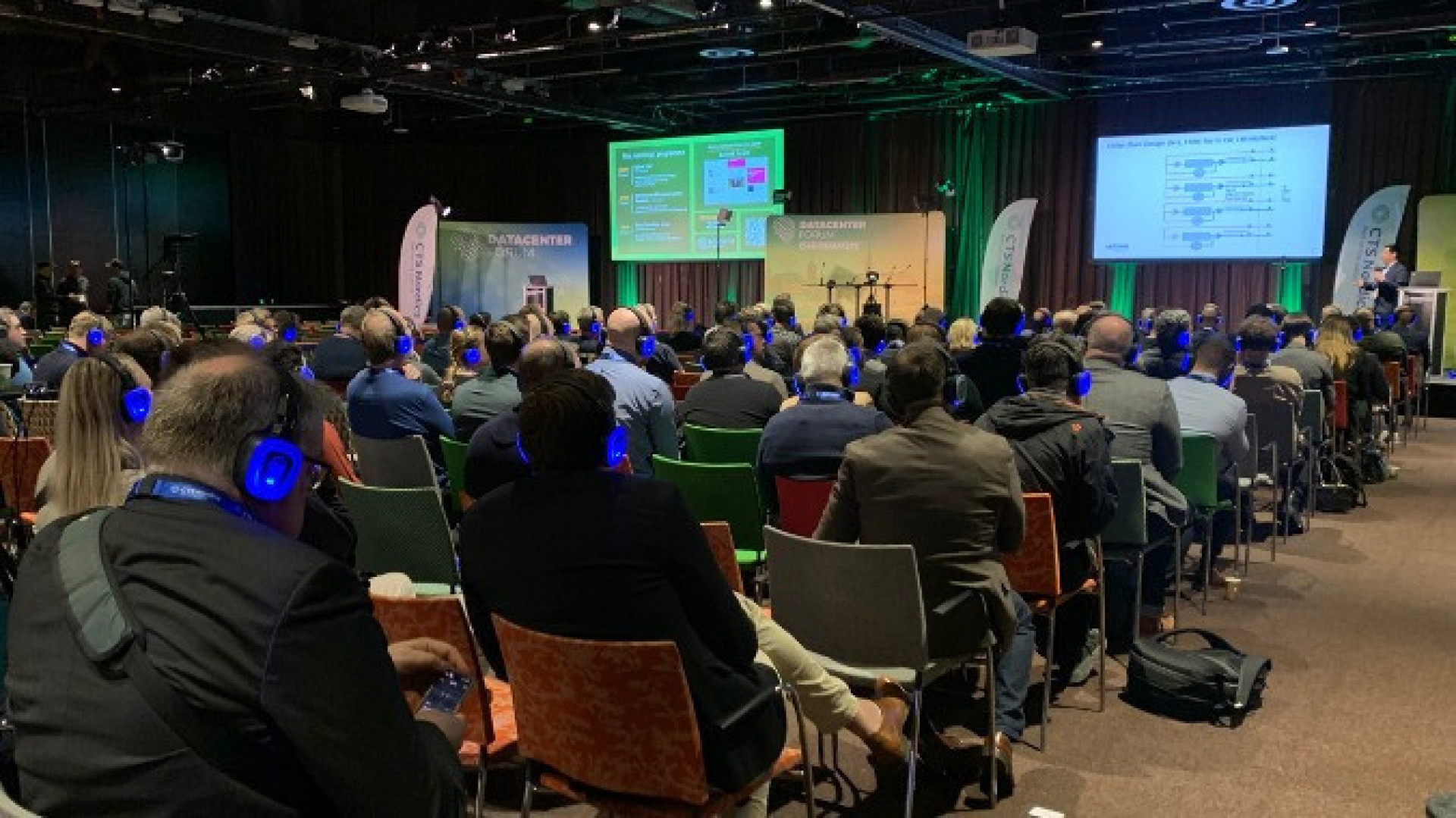Like many big tech players, Google is committed to going green(er). The internet giant has already announced that it has used 100% renewable energy to power all of its offices and datacenters in 2017. But it does not intend to stop there. And to measure its progress in the use of renewable energies, Google Cloud presented a new index, accessible to the public, which gives an indication of the carbon-free energy supply of Cloud regions around the world.
In pursuit of its goal of running its business with carbon-free energies throughout the year, by 2030, Google has decided to publish its progress in the use of renewable energies to all of its customers. Thus, companies will be able to connect to Google Cloud data centers according to the carbon-free energy that powers them, thanks to an energy supply index without CO2 emissions.
To measure its progress in the use of renewable energies, Google Cloud uses this index which represents the percentage of carbon-free energy (Carbon-Free Energy Percentage, or CFE%), an indicator which allows to know the average percentage of energy without carbon. carbon consumed in a given location on an hourly basis. In other words, this index gives the customer an idea of the average percentage of time during which its application will be able to function without fossil fuels.
Called CFE%, this figure reflects the average mix of carbon-free energy and fossil fuels used to power Google's data centers in each region. The higher the percentage, the more carbon-free energy is used. In other words, a high percentage of carbon-free energy indicates that the region is "greener". In contrast, a lower-rated region has more hours in the year that require fossil fuel-based energy.
The knowledge of this data is important insofar as the ecological argument and the communicational weight today push many companies to multiply the green initiatives. Boasting about having its products pass through a “clean” data center therefore represents a real opportunity, which Google's Cloud division is making possible. Each region of the Google Cloud will thus be supplied by an increasing proportion of carbon-free energies. And this, instead of fossil fuels.
Some regions of Google Cloud are already heavily converted to renewable energy. The us-west1 region (Oregon, United States), for example, has a% CFE or 89% renewable energy utilization rate, which means that data center applications in the region are running, on average, with carbon-free energy well over half the time. Google records a CFE% of 87% in Sao Paulo (southamerica-east1 region), and 77% in Finland (europe-north1). London's CFE% is 54%. Of the 24 regions that Google Cloud has, 16 have already certified that they provide at least some of their energy carbon-free, according to Google.
The energy efficiency rate was calculated for each hour in regions where Google has a presence, based on the amount of carbon-free energy produced on the local grid at any given time, as well as the amount of renewable energy purchased. by the search giant. Average times have been aggregated for each region and are now available online and in a GitHub repository.
Google also shares the network carbon intensity of its Cloud regions, which is the average emissions generated by the local network when it is necessary to use fossil energy. Carbon intensities vary greatly from one network to another, and give a better idea of the sustainability of a given region. For example, Frankfurt and the Netherlands have similar CFE% scores (61%), but the Netherlands have a higher emissions factor, which means the region has a larger carbon footprint overall.
Large digital companies, such as Salesforce, are already taking steps to “decarbonize” the services offered to customers. "With Google's new carbon-free energy percentage, Salesforce can prioritize locations that maximize carbon-free energy, reducing our footprint as we continue to provide all of our customers with a carbon-neutral cloud every day." , commented Salesforce VP of Sustainability Patrick Flynn.
The publication of up-to-date data on the sustainability of cloud regions is part of a larger Google commitment to tackle climate change. Since 2017, the research firm has matched 100% of its global electricity use to solar and wind power, but that doesn't mean Google's data centers run on renewable energy every hour of every day: Google calculates the total amount of electricity consumed by company facilities over the course of a year and purchases the same amount of electricity from carbon-free sources for the following 12 months. On a daily basis, however, buildings like data centers are powered by local power grids, and when the sun isn't shining or the wind isn't blowing, fossil fuel sources kick in.
Google announced last September that it intends to run its operations solely on carbon-free energy anywhere and anytime by 2030 - an ambitious goal that will require new technologies and strict metrics of progress. “Completely decarbonizing the power supply to our data centers is the next essential step in achieving a carbon-free future,” says the Google Cloud team. “On the path to achieving this goal, every Google Cloud region will be fueled by an increasing mix of carbon-free energies and less and less fossil-based energies. We measure our progress on this path with our percentage of carbon-free energy ”.
The development of a measure such as the CFE% is therefore a first step towards transparency and accountability. Based on the data available to date, however, it seems that Google still has a long way to go before achieving 24-hour decarbonization. The differences between different cloud regions are significant, ranging from a score of 3% in Singapore. up to 89% CFE% in Oregon. A company data center in Hamina, Finland was able to match almost all (97%) of its electricity use to carbon-free sources on an hourly basis.
“We share this data so that you, like Salesforce, can incorporate carbon emissions into decisions about where to locate your services on our infrastructure,” the post from Google Cloud read. "As we strive to increase the CFE% for each of our Google Cloud regions, you can take advantage of locations with a higher percentage of carbon-free energy."
While companies now have the choice of moving towards locations that operate with the least fossil fuels, the possibilities are not unlimited. Each company has its own set of very specific requirements, particularly in terms of location, performance and data redundancy.














